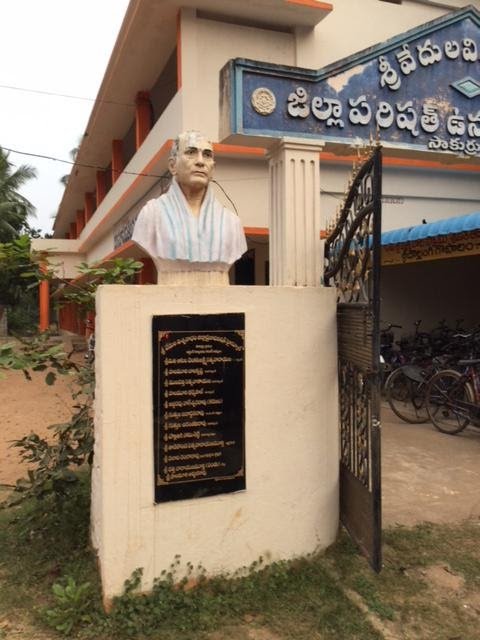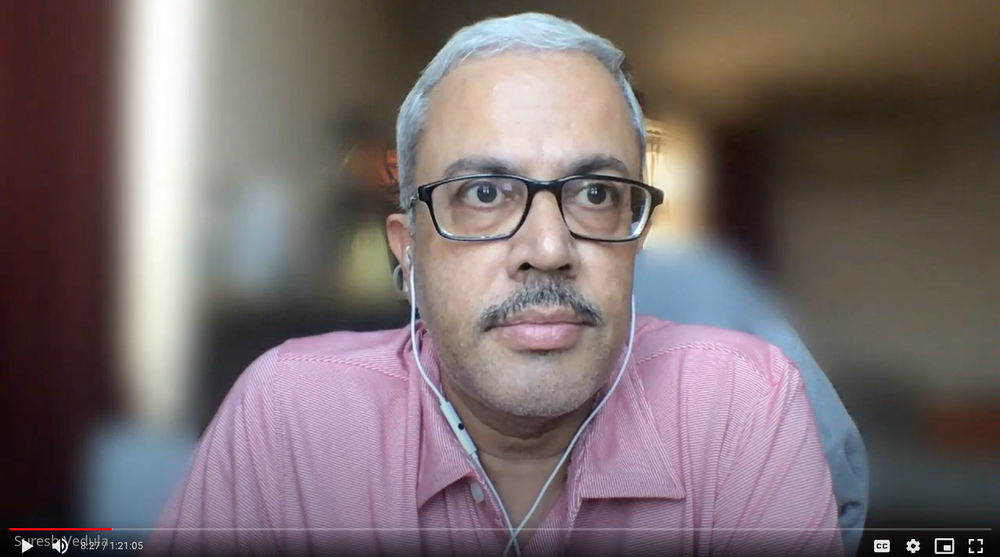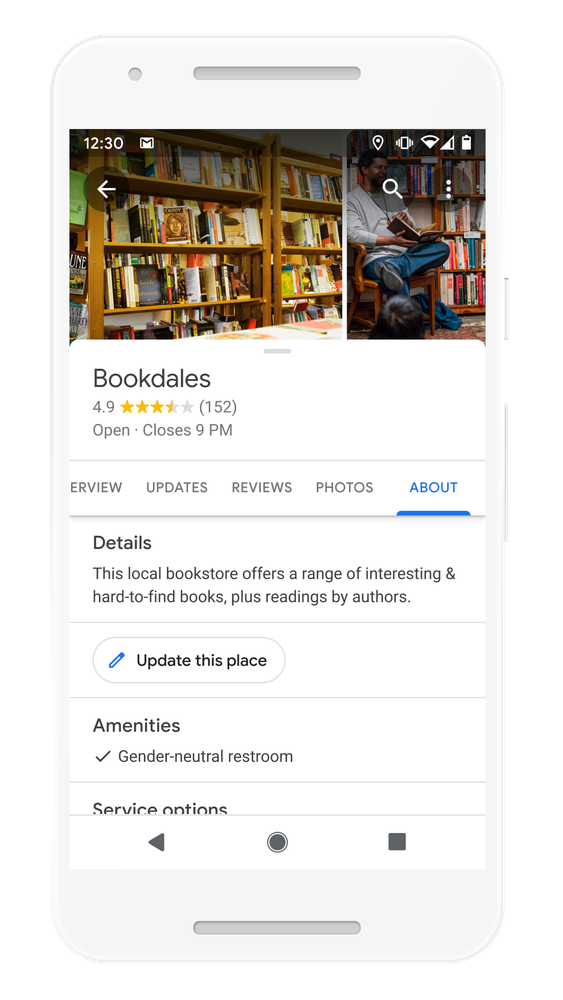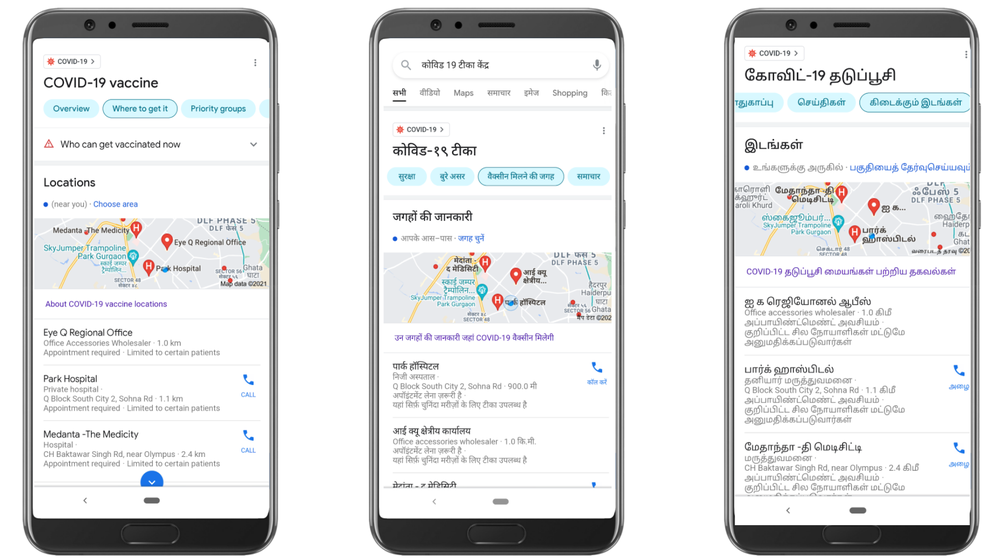GiveIndia providing oxygen supplies to a rural hospital in India
As the pandemic has unfolded in India, it’s been humbling and inspiring to see individuals, communities, institutions, and governments work together to manage the impact of a crisis on a scale we haven’t experienced before. Technology has played a critical role, and our focus at Google has been on making sure people have the information and tools they need to stay informed, connected, and safe.
We have worked to surface timely and reliable health information, amplify public health campaigns, and help nonprofits get urgent support to Indians in need. In April, through our philanthropic arm Google.org, we announced grants totaling $18 million USD (135 Crore INR) to expand the reach of public health information campaigns and support emergency relief work.
Today, as India slowly emerges from the crisis of the past few months, we are turning our focus to helping strengthen India’s healthcare infrastructure and workforce -- especially in rural areas.
Building on our overall COVID-19 response, we are announcing new commitments to GiveIndia, PATH, Apollo Medskills and ARMMAN, focused on setting up oxygen generation plants and expanding the health workforce by strengthening COVID-19 management skills among frontline workers.
Google.org will support procurement and installation of approximately 80 oxygen generation plants in healthcare facilities in high-need and rural locations with new grants totalling approximately $15 million USD (109 Crore INR) to GiveIndia and PATH. The two organizations will work together to oversee the oxygen program, providing project management support — including procurement and installation of plants. PATH will identify the target locations and provide technical assistance for the project, working with state governments and other authorities, and complete the installation of the plants.
As part of our new commitment, Google is investing in the efforts of Apollo Medskills to help upskill 20,000 frontline health workers through specialized training in COVID-19 management. This will complement and strengthen the stressed rural health workforce and rural health systems.
To further bolster these efforts, Google.org will provide a $500,000 USD (3.6 Crore INR ) grant to nonprofit ARMMAN. ARMMAN will run skilling programs for 180,000 Accredited Social Health Activists (ASHAs) and 40,000 Auxiliary Nurse Midwives (ANMs) in 15 Indian states. It will also set up a call center to provide additional help and advice for ASHAs and ANMs where required.
Google is proud to be supporting these organizations as they build a bigger, better-equipped healthcare system, help India steady itself after the pandemic’s second wave and lay the foundations for a sustainable healthcare system over the longer term.
Posted by Sanjay Gupta, Country Head & Vice President, India




